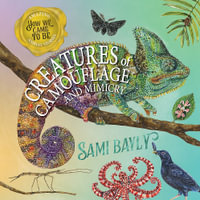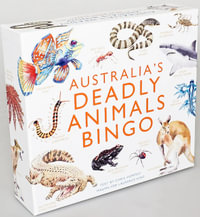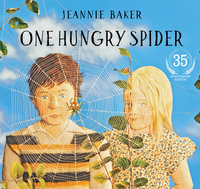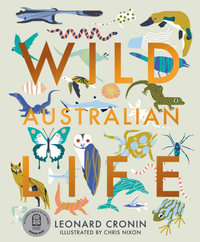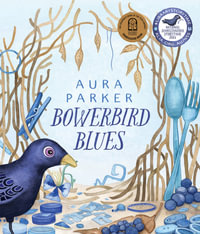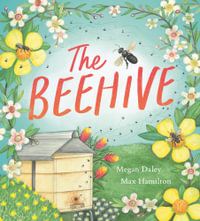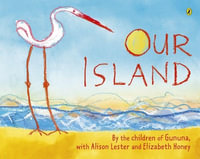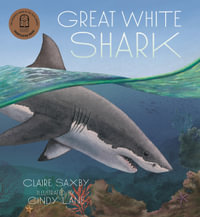Focusing on the value of biodiversity and preservation, this richly illustrated series tells the compelling story of what would happen to an ecosystem if one key species disappeared. Each title includes tips on how kids can help protect our natural resources. It features: Maps; Sidebars; Full Colour; Glossary; Index; Read More Resources; and, Safe Web Sites.
Industry Reviews
The reader learns how these insects are considered a keystone species because without them many other species would likely become extinct.-- "Science & Children, "What's the Big Deal About Bees?""
Radiant illustrations are paired with simple, perceptive sentences to underscore the impact of the loss of keystone species. Each book includes a clearly labeled, well-illustrated food chain that shows the relationships between different plant and animal species. In a very effective convention, extinct plants and animals are placed in silhouettes within many illustrations-the black void left by the loss of each species increases with every page. This outstanding series will engage readers on many levels.-- "Series Made Simple; School Library Journal"
The Bee Movie might have educated children on the ecosystem and the role the bees play in the food chain, but this book takes it one step further to explain the interdependency and the consequences of a world without bees. And on the last page ... other grassland animals in danger: masked bobwhite, Utah prairie dog, and prairie chicken.-- "Pragmatic Mom"
This bug's eye view of life as a grasslands honeybee illustrates the paramount role they play in an ecosystem, as pollinators of wildflowers and crops and sources of food for creatures higher up in the food chain. As many Vegbooks readers may know, there has been a significant decline in bee populations over the last four years, and the forecast isn't promising, even with increased efforts to intensely study and improve their lot. What I appreciate most in this nonfiction work are the vivid scenes generated through a mix of traditional illustration, gouache, airbrush, and digital methods. As the serious repercussions of a world without bees emerge in the text, the corresponding landscapes bring attention to blackened silhouettes of the plant and animal species that would negatively be affected. Imagine grasslands with bears hungry for honey, without spring blooms or smaller rodents scurrying about, and no bountiful berries for us humans to savor. I appreciate that author Suzanna Slade did not broach the subject of humans eating honey since such a sweetener is reaped using quite inhumane tactics, as many vegans are fully aware. Ages 4-8. http: //vegbooks.org/index.php/2010/11/09/what-if-there-were-no-bees/-- "Vegbooks Blog"




